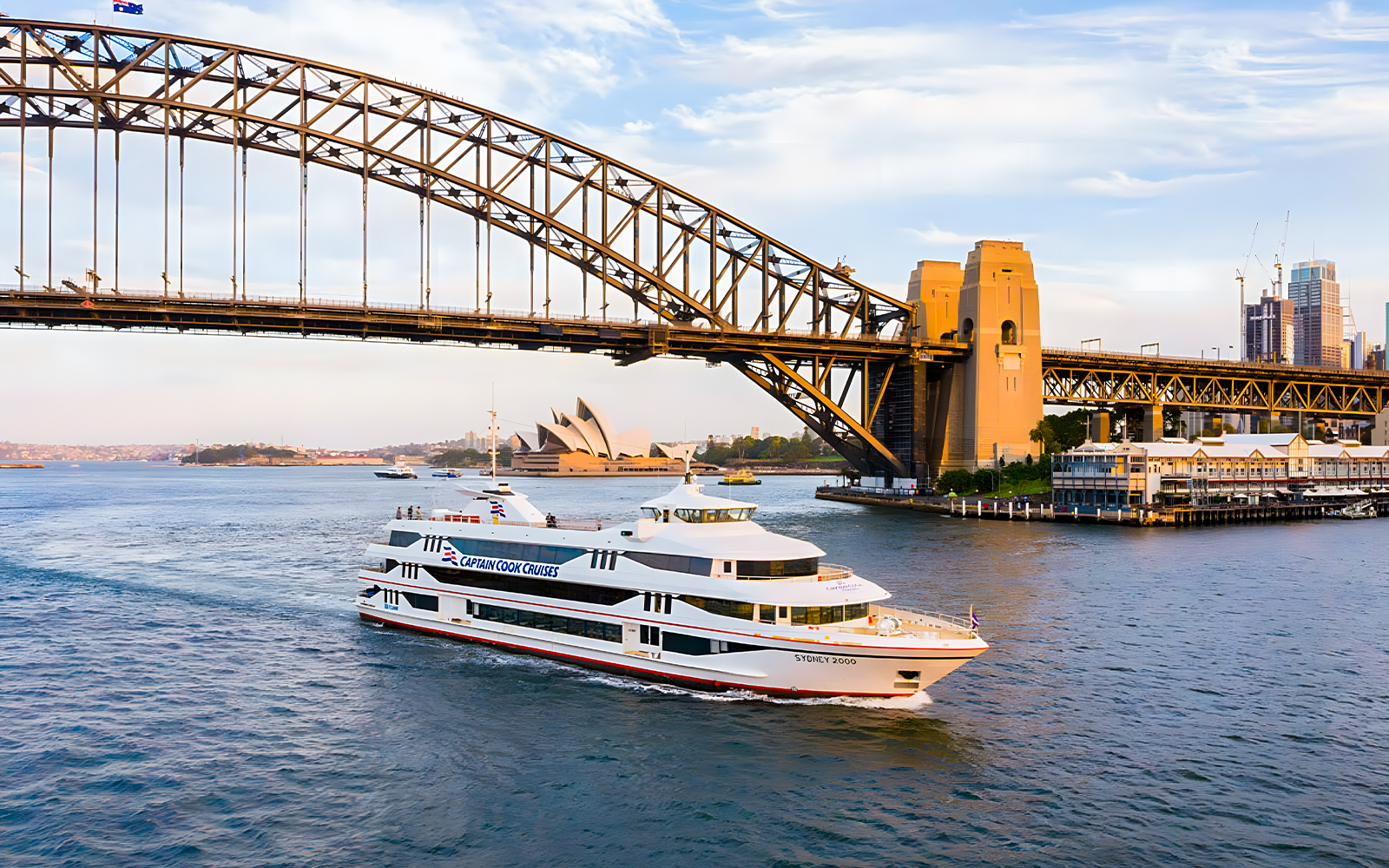- SEA LIFE Sydney Aquarium Tickets
- Sydney Opera House Tours
- Scenic World Tickets
- Sydney to Blue Mountain Tours
- Sydney Whale Watching Cruises
- Sydney Tower Eye Tickets
- Taronga Zoo Tickets
- Sydney Zoo Tickets
- WILD LIFE Sydney Zoo Tickets
- Featherdale Wildlife Park Tickets
- Madame Tussauds Tickets
- Big Bus Sydney Hop-on Hop-off Tours
- Skydive Sydney Tickets
- Australian National Maritime Museum Tickets
- Australian Reptile Park Tickets
- Hunter Valley Wine Tours
A guide to Sydney Harbour: History, attractions, things to do, and more!
What is Sydney Harbour?
History of Sydney Harbour
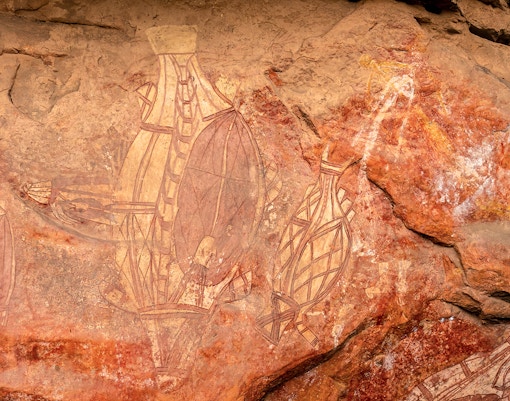
Pre-colonial
Before European settlement, Sydney and its surrounding areas were home to Aboriginal tribes, including the Gadigal, Eora, Cammeraygal, and Wanegal. Archaeological finds, such as stone tools near Penrith, date back 50,000–45,000 BCE, highlighting the region’s rich Indigenous history.
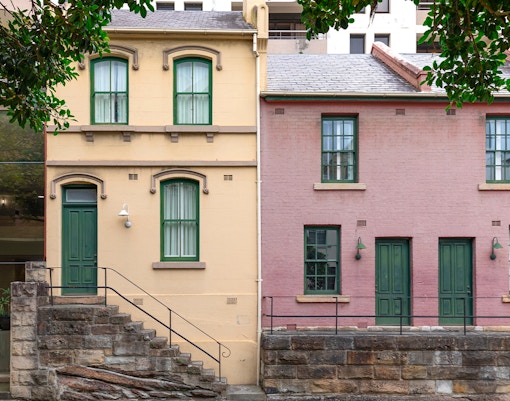
1788
In 1788, Captain Arthur Phillip arrived from England with 732 convicts and a few soldiers to establish a penal colony, marking the start of European settlement in Australia. They landed at Sydney Cove, named after Lord Sydney (Thomas Townshend), the British Home Secretary who played a crucial role in organizing and supporting the First Fleet’s journey.
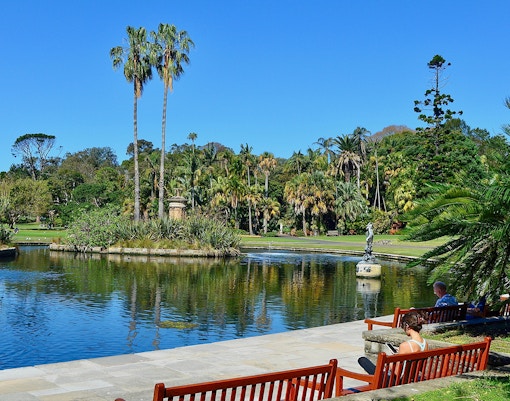
1816
The Royal Botanic Garden, Sydney, Australia’s oldest scientific institution, was originally focused on cultivating plants for the colony. Today, it remains a hub for botanical research and conservation, offering visitors curated landscapes and diverse plant collections while advancing biodiversity studies.
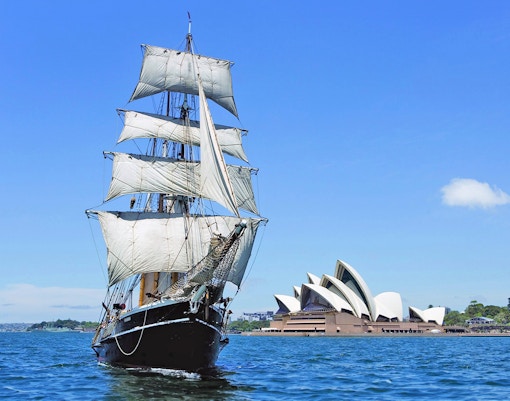
1840
In 1840, the convict ship Eden became the last to dock in Sydney, marking the end of its penal colony era. With free settlers arriving, Sydney rapidly grew into a thriving, modern city of culture, commerce, and innovation.
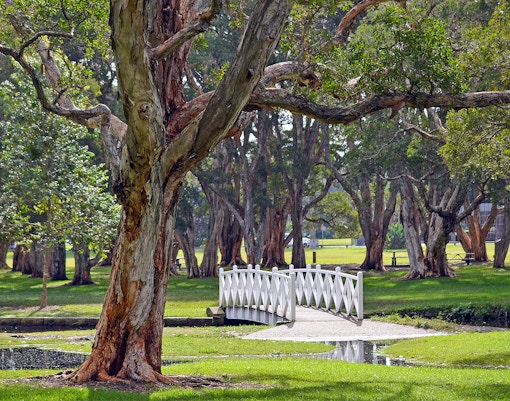
1901
The Commonwealth of Australia was inaugurated at Centennial Park after the federation of six British colonies—Queensland, New South Wales, Victoria, Tasmania, South Australia, and Western Australia, marking Australia’s emergence as a Dominion within the British Empire.
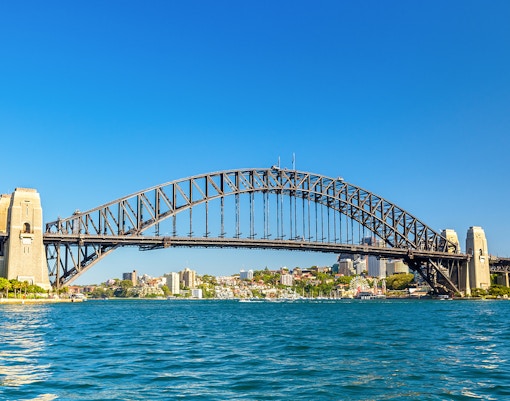
1932
Opened in 1932, the Sydney Harbour Bridge linked the northern and southern shores, boosting transport and city expansion. It soon became a symbol of Australia’s engineering achievement and ambition.
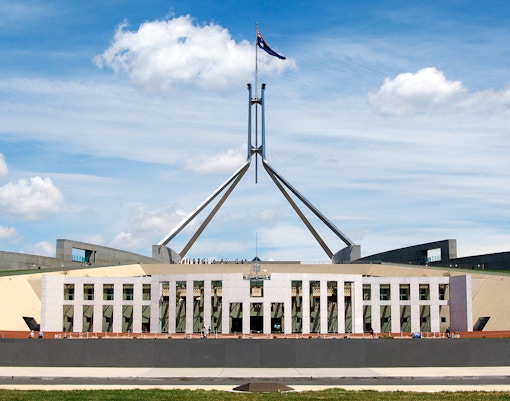
1942
In 1942, Prime Minister John Curtin enacted the Statute of Westminster Adoption Act, granting Australia full legislative independence as a self-governing dominion within the British Empire.
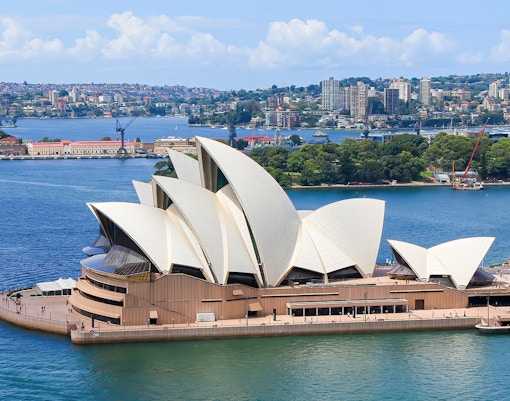
1973
When the Sydney Opera House opened in 1973, it transformed Sydney Harbour into a bustling tourism hub. Cargo ships gave way to yachts and cruises, making the harbor a major international destination renowned for its beauty, culture, and history.
Islands on Sydney Harbour
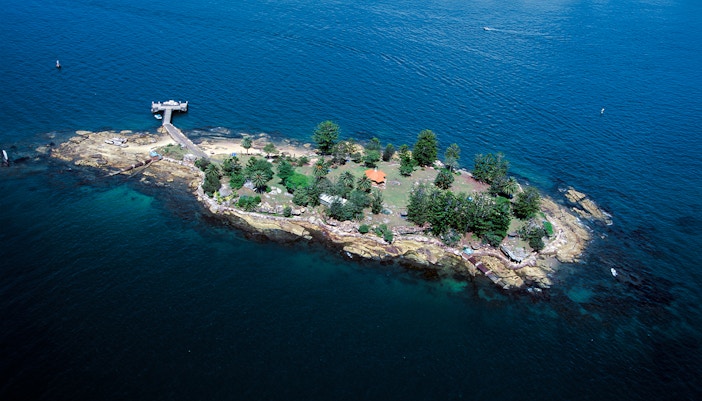
Shark Island
Known as Boambilly by the local Aboriginal people, Shark Island lies east of Sydney Harbour between the Harbour Bridge and the harbor entrance. Part of Sydney Harbour National Park, it features the active Shark Island Light, visible between Shark Point and Point Piper.
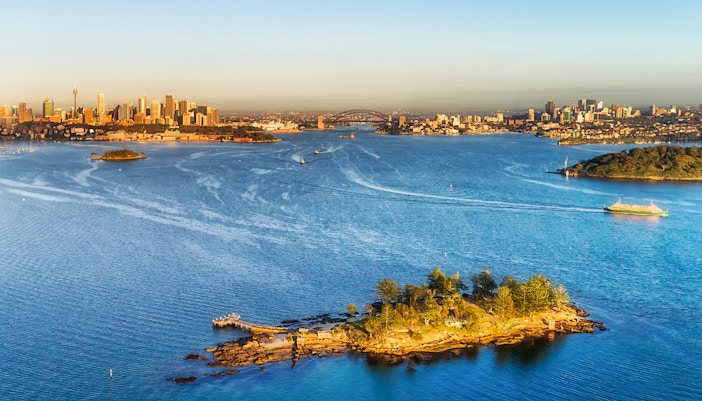
Clark Island
Just off Darling Point in eastern Sydney Harbour, is part of Sydney Harbour National Park. Named after First Fleet Lieutenant Ralph Clark, it’s a popular picnic spot but remains uninhabited to preserve its natural environment.
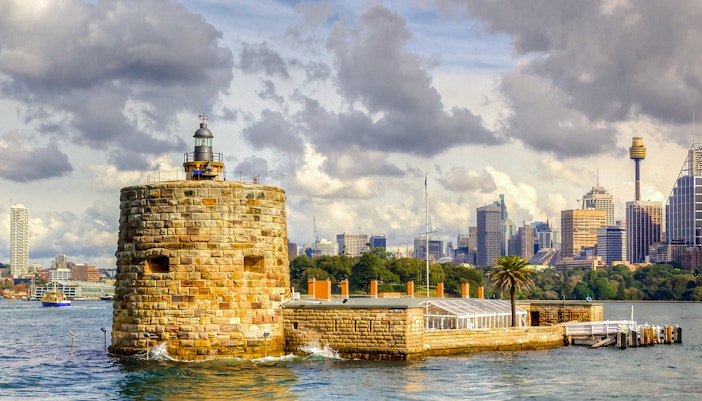
Fort Denison
Northeast of the Royal Botanic Garden and east of the Opera House, is a heritage-listed island in Sydney Harbour National Park. Known as Mattewanye or Muddawahnyuh by the Eora people, it’s valued for its historical role as a defensive fort and cultural significance.
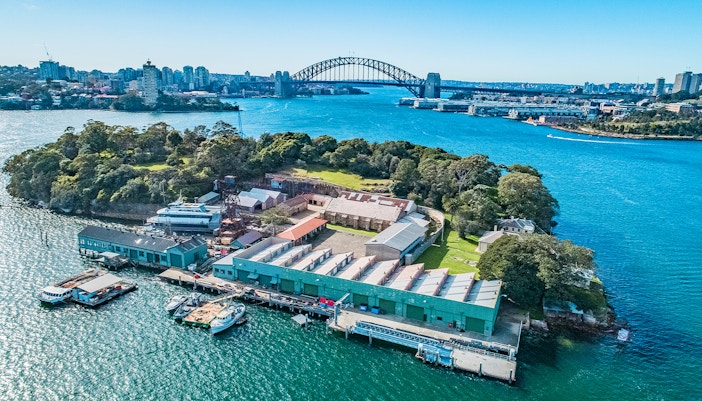
Goat Island
Located at the junction of Darling Harbour and Sydney Harbour’s main channel, Cockatoo Island is a heritage-listed site. Once a shipyard, arsenal, and storage facility, it now serves as an education and interpretation center within Sydney Harbour National Park.
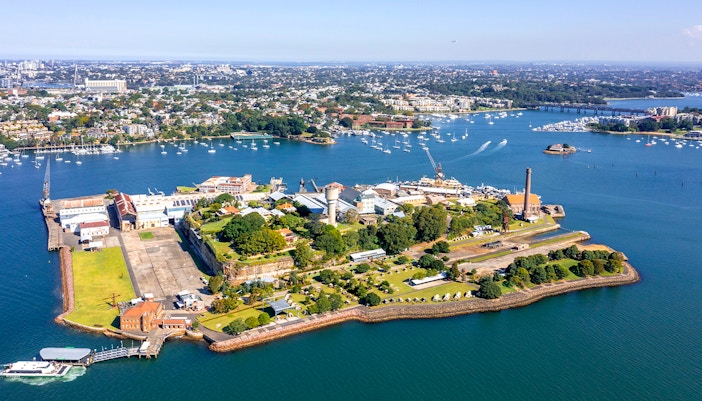
Cockatoo Island
At the confluence of the Parramatta and Lane Cove Rivers is a UNESCO World Heritage Site. Formerly a convict penal site and major shipyard, it is now a cultural hub hosting festivals and events.
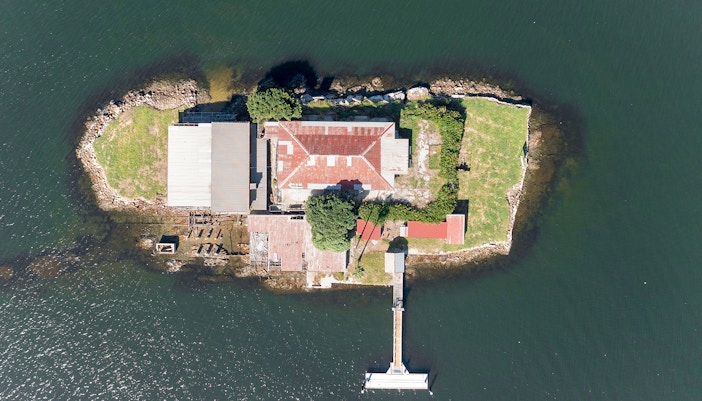
Snapper Island
Upstream of the Sydney Harbour Bridge near Drummoyne is the most modified harbor island, expanded seven times through land reclamation. It serves as a Sea Cadets training depot and museum.
Popular attractions on Sydney Harbour
To know more, take a look at our comprehensive guide of attractions to spot on a Sydney Harbour cruise.
Frequently asked questions about Sydney Harbour
The Sydney Harbour area offers a ton of activities for kids all year round. The Blues Point Reserve has a fun nautical-themed playground. Luna Park, a heritage amusement park, has many rides and activities specially made for children. You can also go on a picnic at one of the harbor islands or even at one of the gardens that surround the harbor.
Most of the sightseeing and meal cruises are suitable for children, but some may not allow children under 4 years of age. Please check the details of your tickets thoroughly to figure out any age restrictions. If your child has motion sickness, consult a doctor and get the required medication to keep your child comfortable on the cruise. Children under 18 need to be accompanied by adults at all times. Tall ships and jet boats may have certain age restrictions.
There are many cruises on the Sydney Harbour that are wheelchair accessible, although some may only have access to the entry level deck. The Sydney Harbour Bridge has lifts to give wheelchair-bound guests level access to the walkway. The Sydney Opera House, too, has accessible tours. Most parks and gardens are also wheelchair accessible.
Sydney is a shopping enthusiast’s treasure trove. Head to the Darling Harbour area for its various markets and high end fashion shops. For little gifts and handicrafts, you can go to the Rocks, especially the Clock Tower Shopping Centre. A little further away is the Queen Victoria Building and The Strand Arcade, a vintage shopping center.
Quay, Aria and Bennelong are some of the best fine-dining restaurants in Sydney and they all sit near the harbor. Café Sydney, a rooftop cafe at the Customs House has spectacular views of the Sydney Harbour Bridge and the Sydney Opera House. The Darling Harbour is also a great place to grab a bite, especially if you’re on a budget.
The best time to visit the Harbour is during the summer months — December to February. May-June is also a good time due to the Vivid Festival, Sydney.
Most cruises will have audio commentary regarding the landmarks and the history of the area. Besides, you can always visit the various museums and galleries that dot the waterfront for even more information.
There are a ton of adventure activities that you can try out near the Harbour. One of the most popular is climbing the Sydney Harbour Bridge. Apart from that, you can also opt for tall ship boat rides, that will give you a taste for the nautical adventures of a bygone area. Jet Boating, Scuba diving and surfing are also great options.


